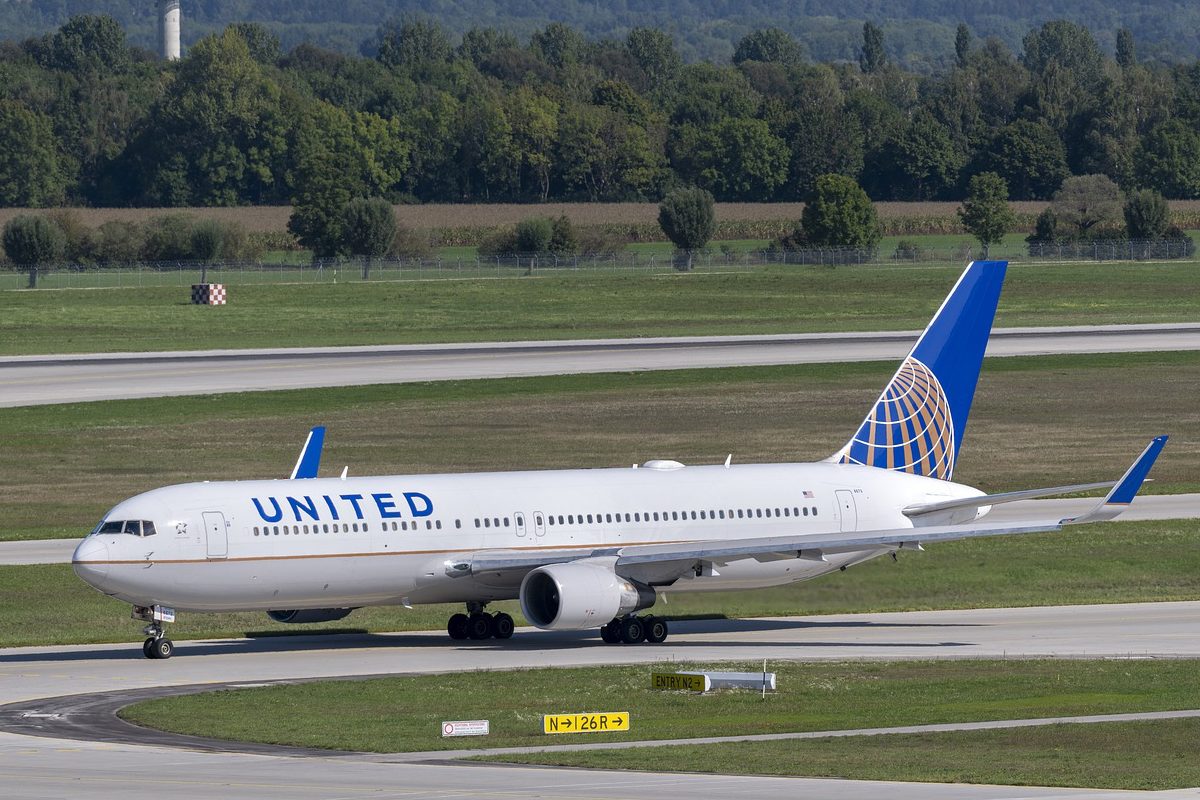
Skift Take
Frequent flier programs have a lot of value for airlines. Is it better to raise cash by selling them or to retain them and tap the resource for short-term cash needs? Either way, it's clear that loyalty is poised to enter a new era for creative approaches.
The pandemic caused an economic disaster for the airline industry, which has lost an estimated $200 billion. The sector’s few beneficiaries included its cargo operations and its loyalty programs.
Cargo had a stellar year in 2021, with demand up 19 percent compared to the previous year, the International Air Traffic Association said recently. Similarly, the three global U.S. airlines lauded the performance of their loyalty programs on their January earnings calls. Now, United may raise capital by selling part of its loyalty program while bankrupt Aeromexico bought back its loyalty program for $405 million.
“One thing that has strongly survived the pandemic is the airlines’ ability to generate cash from co-brand programs,” said Jay Sorensen, president of Milwaukee-based IdeaWorks, a travel brand consultant. “I think you’re seeing some airlines behave in a way that reflects that area of relative success.”
“(The value of the programs) is based on the ability to sell miles or points to the banks that issue the credit cards.”
The issue, he added, is that selling all or part of a loyalty program provides immediate cash while retaining a loyalty program provides a consistent way of generating revenue as well as a method of interacting with passengers.
United is considering selling up to 15 percent of its MileagePlus program. While investors have been pressuring U.S. airlines to sell stakes in the programs for at least a decade, the carriers have preferred to use the programs as loan collateral or to generate cash through advance sale of miles to banks. United reorganized Mileage Plus into a wholly-owned subsidiary worth $22 billion in 2020.
On United Airlines’ fourth quarter earnings call, which occurred before news broke about it possibly selling a part of its loyalty program, Andrew Nocella, the company’s chief commercial officer, said the airline’s Mileage Plus frequent flyer program signed up a record 5.6 million new members last year.
“We are really pleased by that, and it shows the growth and the prosperity in the program” Nocella said. “Just a few years ago, we were doing 2.5 million to 3 million new members per year, and now we’re up to 5.6 million. Our customers are more and more interested in joining the MileagePlus program.”
Delta, meanwhile, signed up 5.5 million new members.
“In the December quarter, we added 1.5 million new SkyMiles members, up 5 percent from 2019 levels,” President Glen Hauenstein said on the earnings call. “For all of 2021, we added 5.5 million new SkyMiles members — this growing engagement demonstrates strong brand preference.”
American’s AAdvantage program also gained more members during 2021 than it did in 2019 despite lower levels of capacity, CEO Robert Isom said on the January earnings call, adding that AA revenue for 2021 was close to approaching 2019 levels.
Vasu Raja, American’s chief commercial officer, noted that American’s partnership with Alaska and JetBlue have helped increase AAdvantage enrollments.
“The two markets where our enrollments are growing the most are all the markets in the West Coast partnership, everything from San Diego to Seattle, and the other ones are New York and Boston,” Raja said.
As for Aeromexico, it reached a $404 million deal last week to buy back a 48.9 percent share of its loyalty program, Club Premier, from Aimia, a Canadian investment company. Aimia once Aimi owned Air Canada’s loyalty program, but sold it back in 2019. If the deal is approved by the bankruptcy court where Aeromexico is restructuring, the carrier would again fully own its loyalty program, which had 6.7 million members in 2020.
“This is an important milestone in the Aeromexico restructuring process and marks a major step forward as we continue our complete transformation of the Aeromexico customer experience,” CEO Andres Conesa said in a prepared statement.
Meanwhile, Sorensen believes a value asset such as a loyalty program is best kept under the corporate umbrella. “A good loyalty program stands on three legs,” Sorensen said.
“One is loyalty, the ability for a program to encourage repeat travel. Two is communication — the airline can communicate to its best travelers based on purchase behavior, and also can learn what the purchase behavior is. And third is the ability to generate cash from the program.”
"loyalty" - Google News
February 14, 2022 at 10:33PM
https://ift.tt/9t7wjgS
Airlines Find New Ways to Leverage Loyalty Programs for a Post-Pandemic Era - Skift
"loyalty" - Google News
https://ift.tt/W0XvR8r
https://ift.tt/OJaye2m
Bagikan Berita Ini














0 Response to "Airlines Find New Ways to Leverage Loyalty Programs for a Post-Pandemic Era - Skift"
Post a Comment